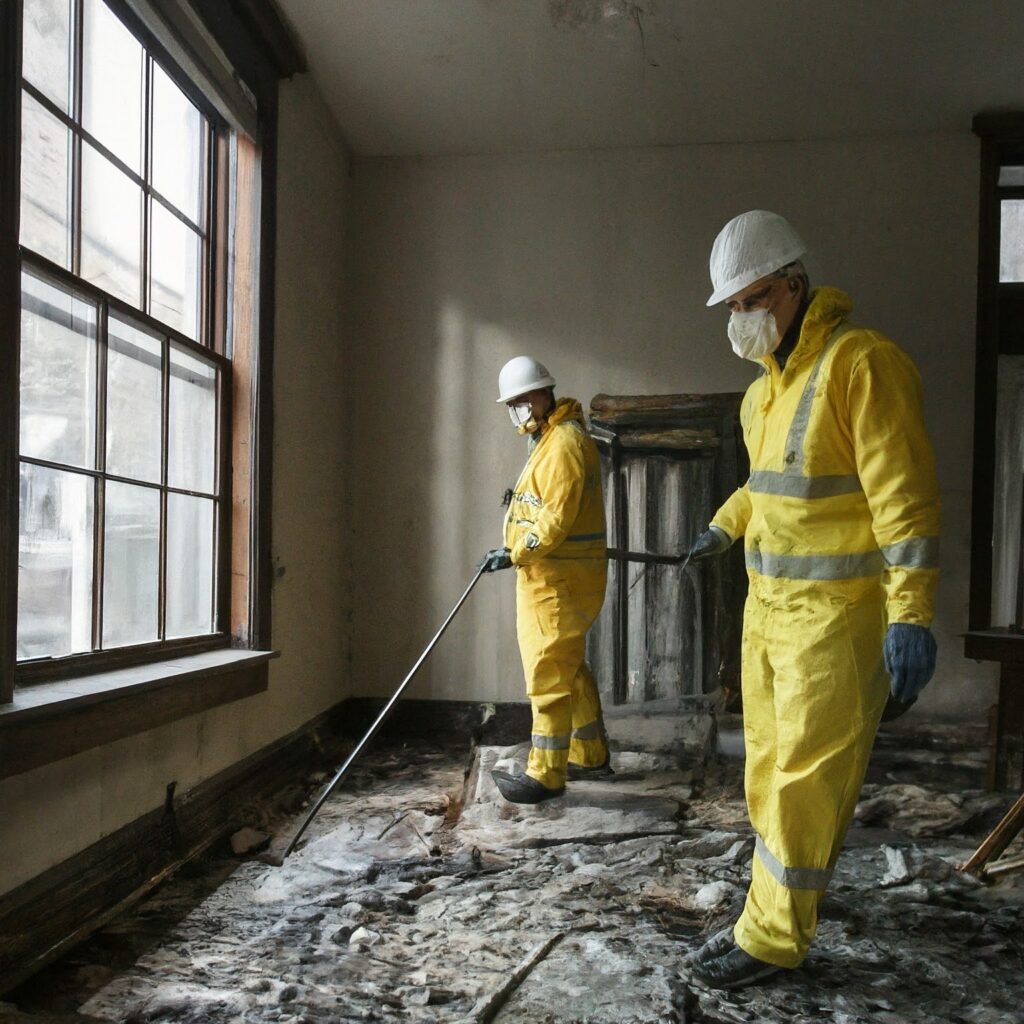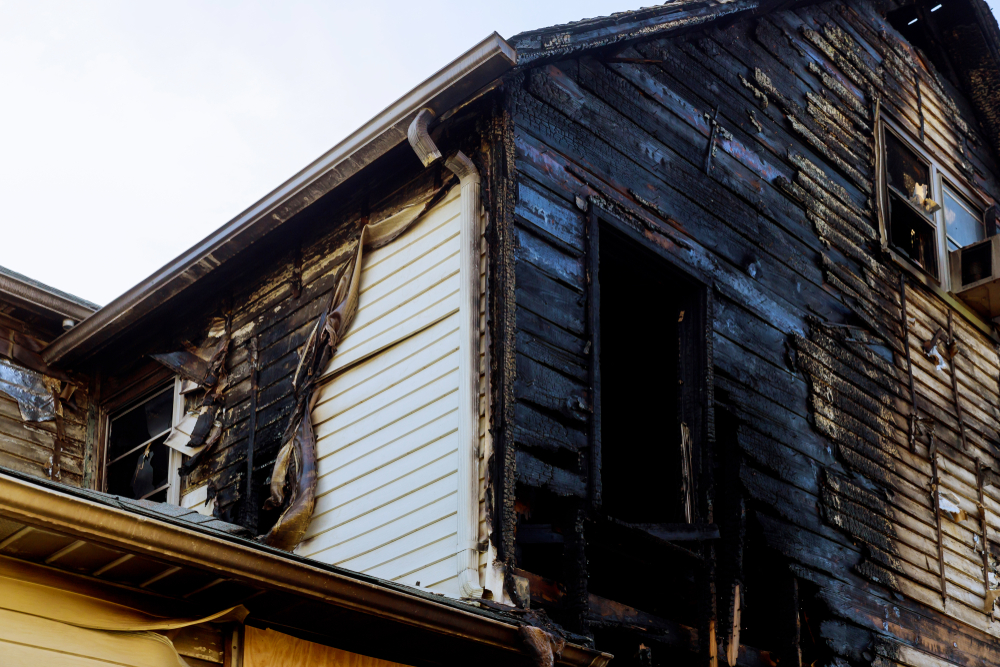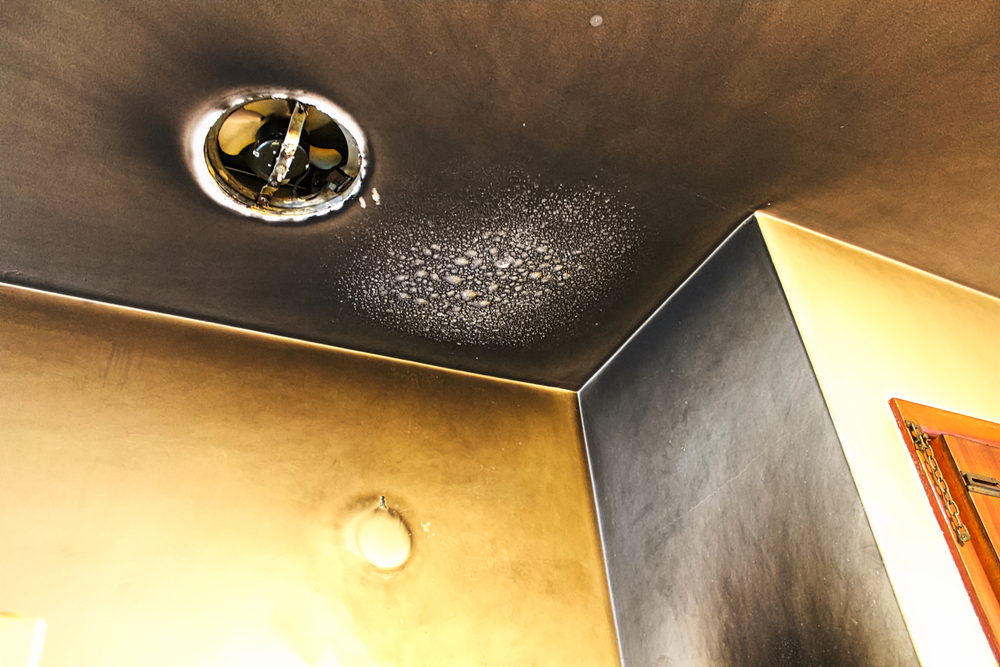One of the most horrific things a house fire can bring about for a homeowner is loss. Fires affect the structural integrity of your house in addition to destroying items; they also produce smoke and water damage. The aftermath—smoke, soot, even water used to put out the fire—may have long-lasting effects even when the flames clearly cause damage.
This guide explores the several ways that how fire damage affects different parts of your house. Restoring your house and making sure it is safe for your family depend on your knowing of these effects.
The Devastating Impact of Fire Damage
In minutes a fire can turn a comfortable house into a charred disaster. The damage the flames leave behind can be significant even if they are swiftly put out.
Types of Fire Damage
Damage from fire goes beyond the burned-through areas of your house. It combines several kinds of devastation:
- Flame Damage: Flames burn and scorch materials including wood, drywall, and fabrics, sometimes making them irreparable.
- Smoke and Soot Damage: These byproducts discolor and smell surfaces, coat porous materials, and penetrate porous materials.
- Water Damage: Firefighting operations sometimes saturate walls, floors, and furniture, therefore promoting mold development and additional weakening of buildings.
Every kind of damage has different difficulties; knowing them will help to develop a thorough restoration schedule.
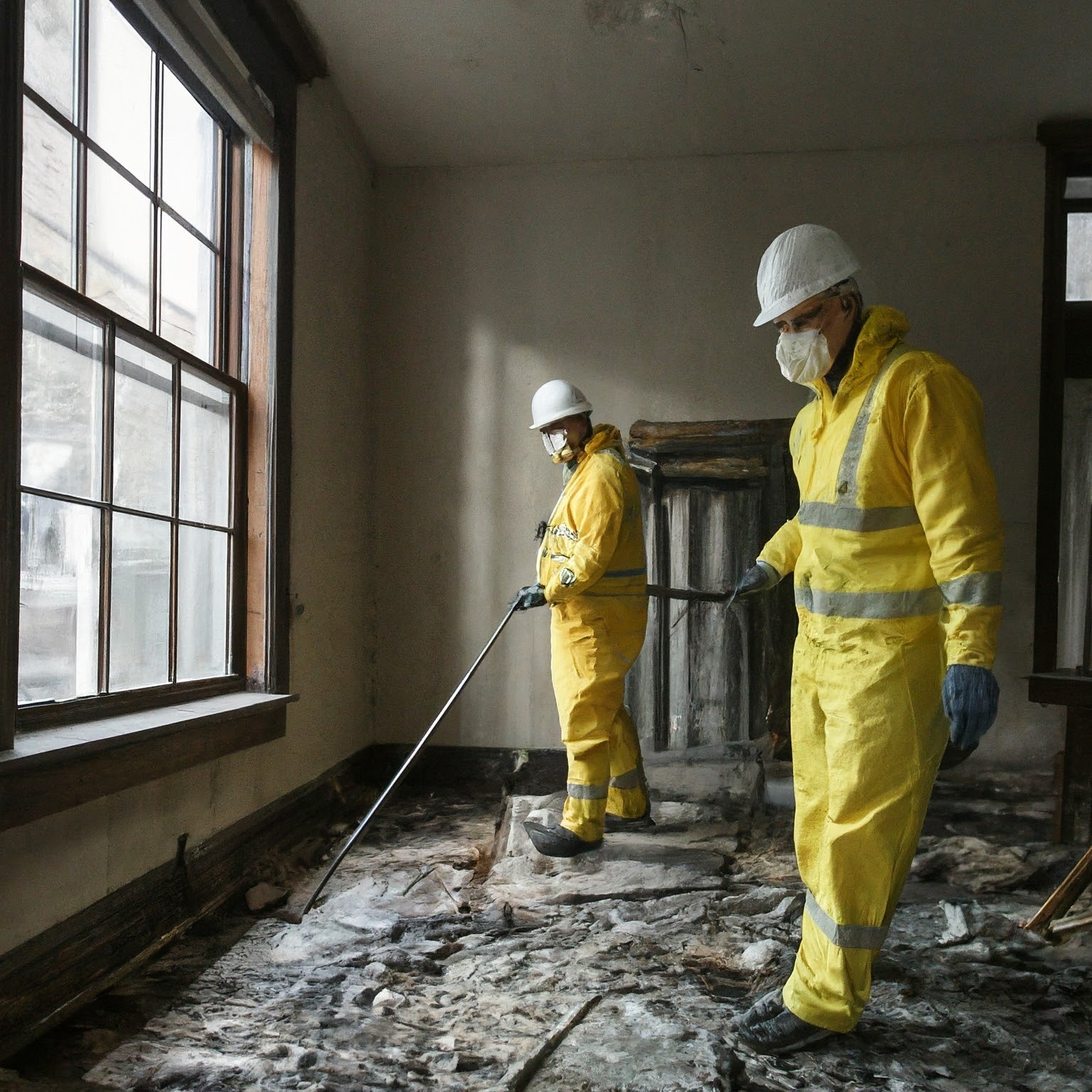
Structural Damage
During a fire, your home’s structural elements—walls, ceilings, and flooring—are most vulnerable. Professional assessments are especially important since harm can be hidden or obvious.
Walls and Ceilings
Usually first to suffer from a fire are walls and ceilings.
- Structural Weakening: High temperatures can cause structural weakening of materials including wood, plaster, and drywall. Even apparently unbroken walls could have compromised unsafely constructed buildings.
- Smoke and Soot Stains: Smoke and soot stains are not only unsightly; they can also permeate deeply into porous surfaces such as drywall, making cleaning challenging.
- Potential for Collapse: A severely damaged wall or ceiling can unexpectedly give way, endangering people.
Floors
Flooring often suffers not just from fires but also from water used in firefighting operations.
- Charring and Burning: Hardwood floors may scorch and carpets might be damaged beyond repair.
- Water Damage: Water damage can result from water seeping into the subflooring producing warping, swelling, or mold growth.
- Structural Instability: Fire-damaged flooring might not be able to support weight and calls for quick assessment and repair.
Why Structural Restoration Matters
Ignoring structural damage following a fire could provide hazardous living conditions. An expert repair crew will assess the degree of the damage and act to strengthen and rebuild the structural parts of your house.
Contents and Belongings
Not only does a fire compromise the framework of your house, but it can also ruin your personal possessions.
Furniture and Upholstery
Particularly vulnerable to fire and its aftermath are furniture and materials.
- Smoke and Soot Damage: These particles adhere to cloth, creating stains and an enduring Smokey scent.
- Charring and Burning: Severe fires can totally destroy furniture, so restoration is impossible.
- Odor Issues: Furniture may still smell strongly of smoke even if it looks good and calls for specific treatment to eliminate.
Electronics and Appliances
Often even if they are not immediately in the line of the fire, electronics and appliances are ruined.
- Short Circuits: Heat and soot can compromise internal circuits, rendering equipment dangerous to operate.
- Smoke and Soot Residues: These residues can coat delicate parts, causing either permanent damage or dysfunction.
Personal Belongings
One might be quite impacted by personal stuff including books, clothes, and sentimental objects.
- Smoke and Soot Damage: Sometimes permanently, smoke and soot damage can taint and contaminate items.
- Odor Issues: Removing the smell of smoke from objects like books and clothes is difficult without professional assistance.
- Potential for Loss: Certain objects could need to be replaced totally or may be too damaged to save.
Can Your Belongings Be Saved?
The degree of the damage and the speed of healing starting point the response. Using cutting-edge cleaning and deodorizing techniques, experts hope to recover as many objects as feasible.
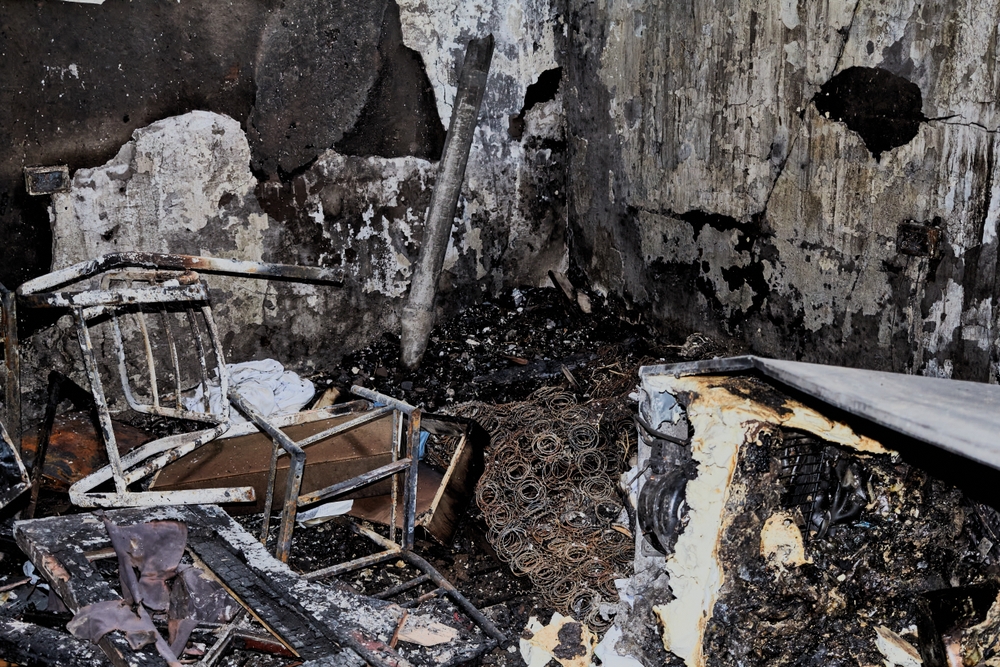
Health Risks
Fire damage goes beyond what is obvious destruction. The toxins, soot, and residual smoke from the fire seriously endanger your health.
Smoke Inhalation
Harmful particles and gasses found in the smoke produced by burning objects can hang in the air.
- Respiratory Problems: Smoke can aggravate the lungs, causing coughing, wheezing, and perhaps long-term breathing problems.
- Irritation to Eyes, Nose, and Throat: Burning sensations and discomfort can be brought on by minute airborne particles.
Chemical Exposure
Burning synthetic materials like paint and plastics creates poisonous vapors that could stay in your house.
- Toxic Fumes: Long-term health problems, migraines, and vertigo can all follow from continuous exposure to certain substances.
- Health Risks for Vulnerable Groups: Particularly sensitive to the effects of smoke and soot are children, the elderly, and individuals with pre-existing diseases.
The Restoration Process
Restoring a house following a fire calls for more than just clearing rubble. It handles all kind of damage using a multi-stage approach.
1. Assessment and Planning
Professionals first look at the damage and create a tailored restoration schedule. This covers: spotting:
- What might be cleaned and restored?
- Which structural component has to be replaced?
- Any health risks needing attention?
2. Structural Repairs
- Replace or strengthen compromised floor, ceiling, and wall systems.
- Deal with unseen deterioration to guarantee long-term stability and safety.
3. Cleaning and Sanitization
Cleaning up a fire calls for certain tools and methods to eliminate any evidence of damage.
- Smoke and Soot Removal: Professionals remove soot particles by means of industrial-grade tools since they might embed into surfaces.
- Sanitizing Surfaces: In places impacted by water damage, this stage stops mold and bacterial growth.
4. Odor Removal
Professionals neutralize smoke smells using cutting-edge technology including air scrubbers and ozone generators, thereby guaranteeing freshness in your house once again.
5. Content Cleaning and Restoration
Restoring teams give particular attention to recovering as many personal items as they can.
- We clean and deodorize furniture, gadgets, even fragile things like pictures.
- Not salvageable items are recorded for insurance needs.
6. Reconstruction and Rebuilding
Rebuilding any damaged sections can help you to get your house back to pre-fire state.
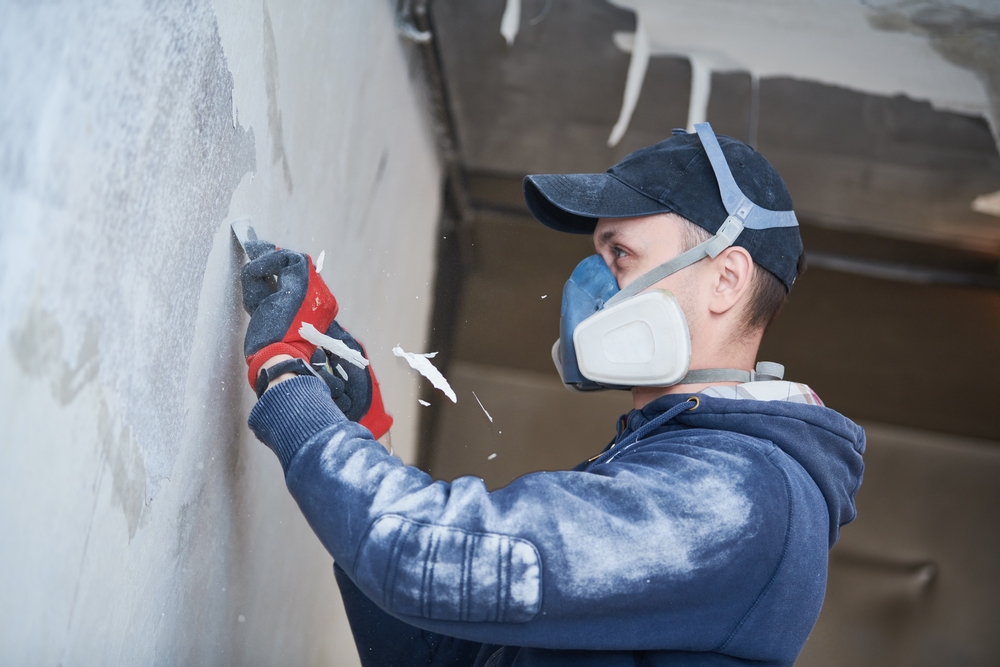
Tips for Preventing Fire Damage
Though nobody knows when a fire can strike, you can lower your risk by acting early.
1. Install Smoke Detectors
Install smoke detectors in every room and often check them to guarantee they are in good operating order.
2. Practice Safe Cooking Habits
- Never leave the kitchen unoccupied during cooking.
- Stoves should be kept away from combustible objects such towels and drapes.
3. Avoid Overloading Electrical Circuits
Overheating and electrical fires can results from plugging too many gadgets into one socket.
4. Inspect Heating Systems
Clean and maintain space heaters, chimneys, and fireplaces often to avoid unintentional fires.
5. Keep Fire Extinguishers Handy
Install fire extinguishers in important spots such the kitchen, garage, and next to fireplaces. Find out how to utilize them correctly.
Why Professional Restoration Matters
Managing fire damage on your own can be hazardous and taxing. Complete and secure recovery depends on professional restoration services.
Benefits of Hiring Professionals
- Expertise: Professionals have knowledge about handling several kinds of damage.
- Advanced Equipment: Professionals have knowledge about handling several kinds of damage.
- Safety: Professionals handle dangerous products and evaluate concealed damage to guarantee your house is safe.
- Faster Recovery: A competent staff will enable you to resume regular life sooner.
Conclusion
Fire damage goes beyond simply burned-through wood and smokey walls. It compromises the foundation of your house, ruins furniture, and poses major health risks. From the floor to the ceiling, every area of the house presents different difficulties following a fire.
First towards rehabilitation is an awareness of these difficulties. Making your house safe and livable once more depends mostly on expert repair services. While assuring your family’s health and safety, they evaluate the damage, clean and rebuild what’s lost.
Installing smoke detectors and keeping heating systems maintained help to lower the risk of a fire by means of preventive actions. If the unimaginable occurs, though, fast action guided by professionals can make all the difference.
Remember, fire damage alters your house rather than only destroys. However, once the correct actions are taken, it can be once more comfortable and safe.
Philadelphia Restoration Services
https://www.google.com/maps?cid=3399342399556699153
+1 267 668 0013
https://philadelphiarestorationservices.com/

